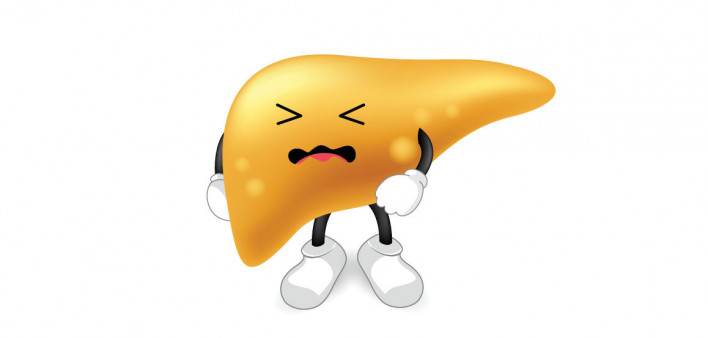A significant proportion of people living with HIV but not viral hepatitis should undergo a detailed assessment for fatty liver disease, according to a recent analysis of a diagnostic algorithm that assesses the severity of liver disease in cases of suspected non-alcoholic fatty liver disease (NAFLD).
NAFLD and its more severe form, non-alcoholic steatosis (NASH), are responsible for a growing proportion of advanced liver disease. The buildup of fat in the liver triggers inflammation, which over time can lead to the development of scar tissue (fibrosis), cirrhosis and liver cancer.
Giada Sebastiani, MD, of McGill University, and colleagues sought to apply the diagnostic algorithm to HIV-positive individuals who did not have hepatitis B or C viruses (HBV or HCV).
As described in HIV Medicine, the study authors analyzed prospective screening programs for NAFLD that were carried out in the Liver Disease in HIV (LIVEHIV) cohort in Montreal, the Modena HIV Metabolic Clinic (MHMC) cohort and the Liver Pathologies in HIV in Palermo (LHivPa) cohort.
In the LIVEHIV and LHivPa cohorts, fatty liver was diagnosed if a participant’s controlled attenuation parameter was at least 248 decibels per meter. In the MHMC cohort, the disease was diagnosed if the liver/spleen Hounsfield unit (HU) ration on abdominal computerized tomography scan was less than 1.1.
The study included 1,542 HIV-positive participants who did not consume a significant amount of alcohol or have HBV or HCV (known as HIV monoinfection). Three hundred thirteen (20%) of them had metabolic health conditions, including obesity, diabetes or both, which were required for entry into the diagnostic algorithm.
Those who either had NAFLD and had a medium to high risk for fibrosis or an elevated ALT liver enzyme level required a referral to a hepatologist (liver specialist). Among the HIV-positive participants, 123 (39%) required such a referral according to treatment guidelines.
“According to current guidelines, one in five HIV‐monoinfected patients should undergo detailed assessment for NAFLD and disease severity,” the study authors concluded. “Moreover, 1 in 10 should be referred to [a hepatologist].”
To read the study abstract, click here.







Comments
Comments